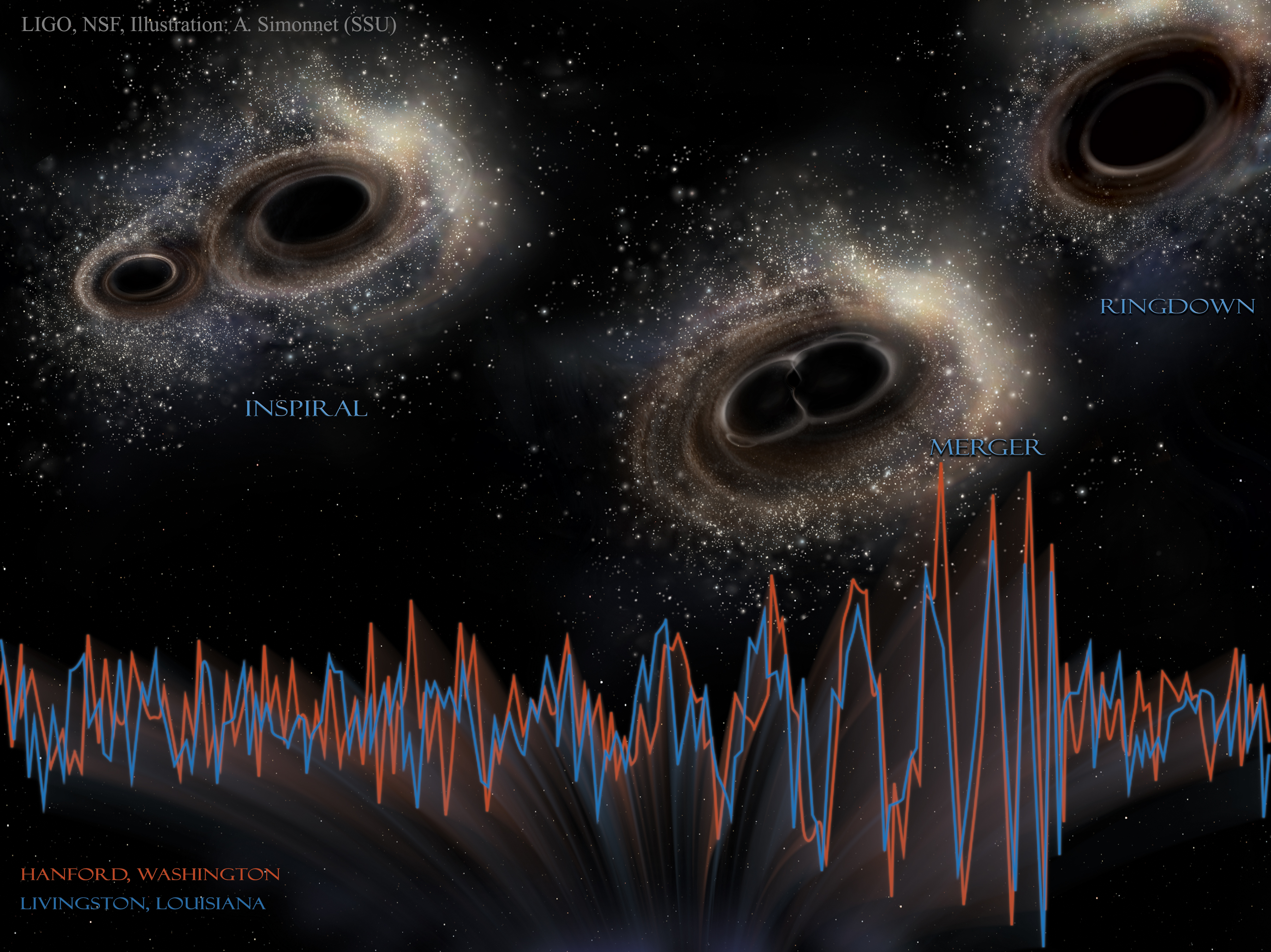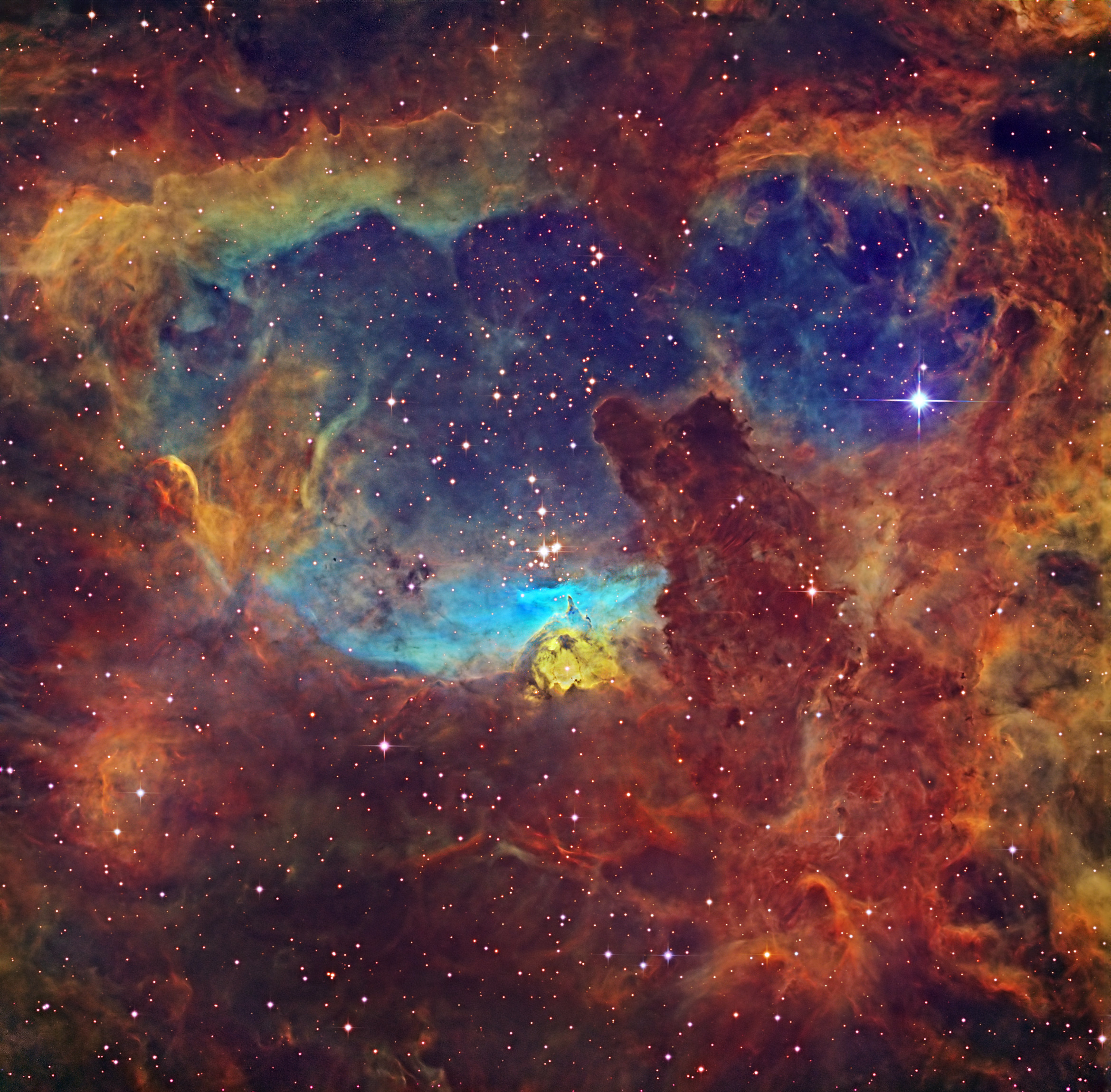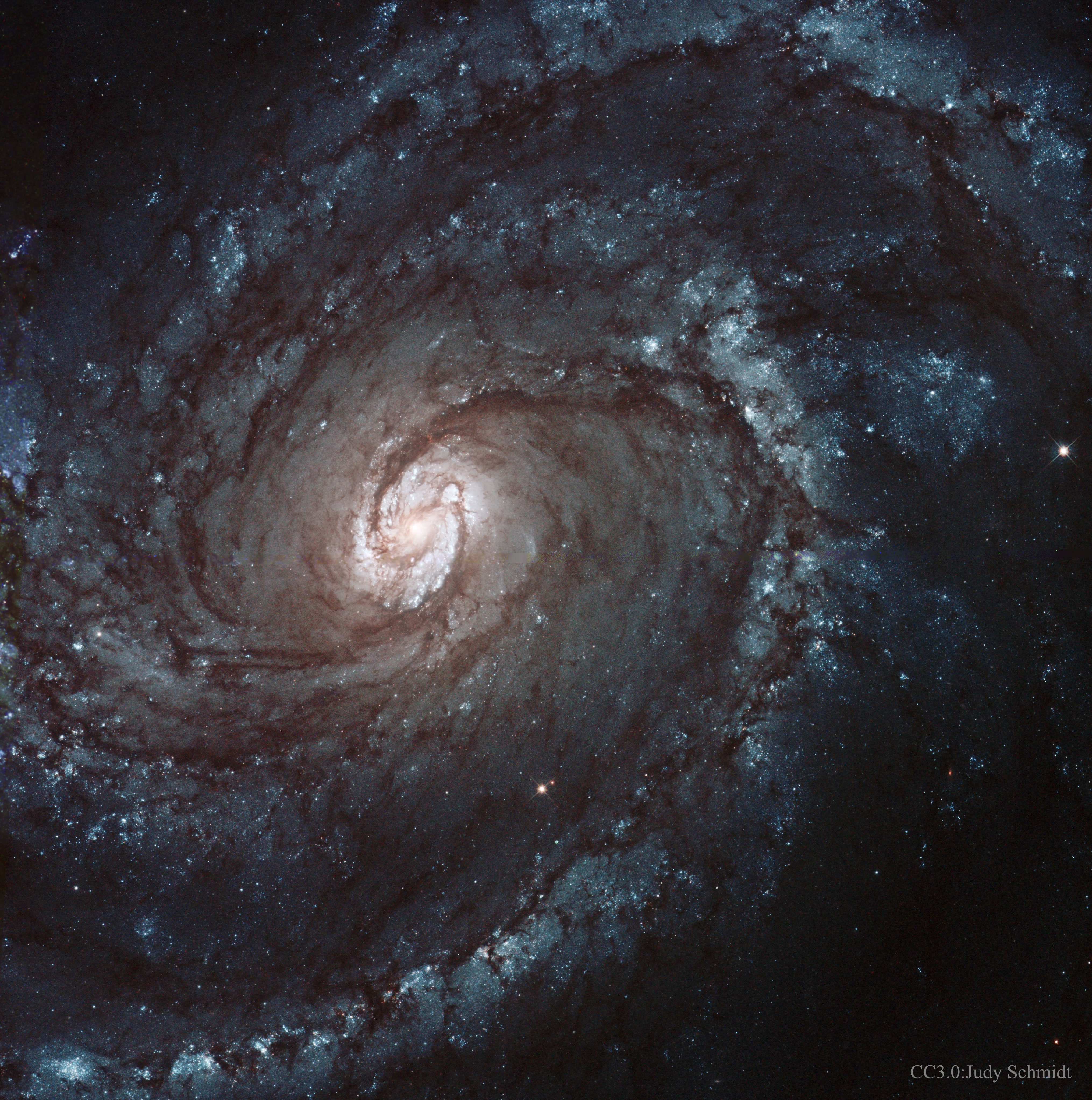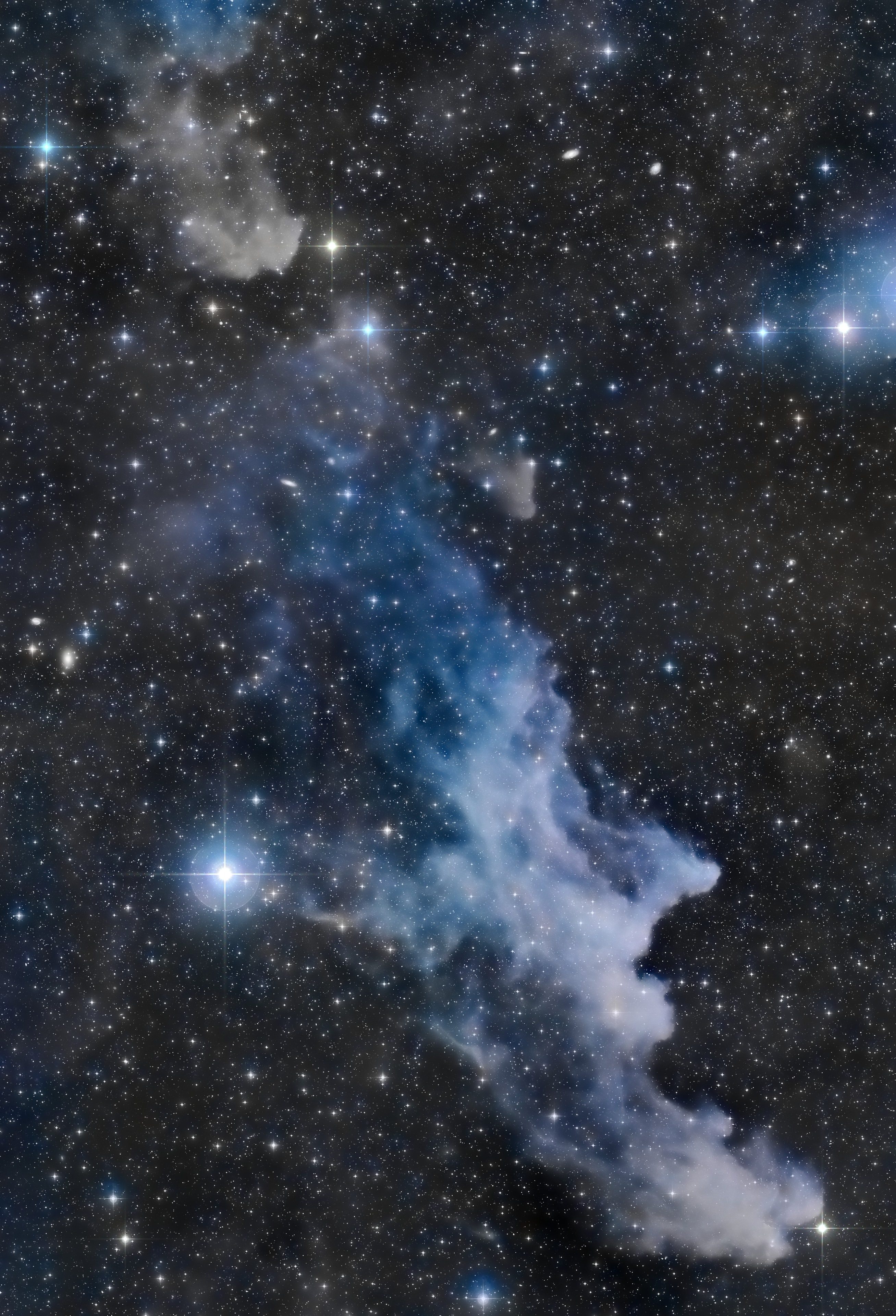YosemiteSam
Unfriendly and Aloof!
- Messages
- 45,858
- Reaction score
- 22,195

The following text was actually written in November 2013 as this image was taken in the Summer of 2013. Notations are made throughout the image to define what and where some things are located about Saturn (Saturn's moons and rings) and of course other bodies in the solar system (Earth, Mars, and Venus) that exist in the image.
Click on the image to see the image at it's full size. (you will be able to see Earth, Mars, and Venus) Enjoy!
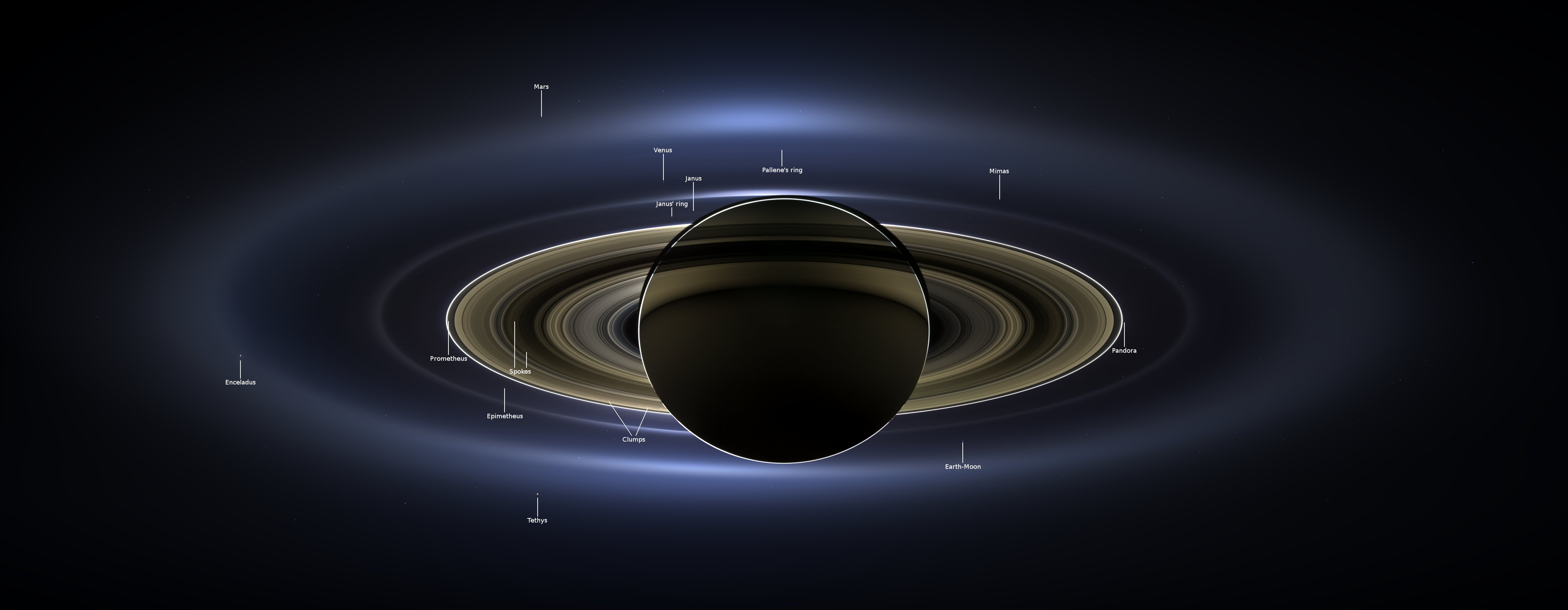
Click on the image to see the image at it's full size. (you will be able to see Earth, Mars, and Venus) Enjoy!
This summer, for the first time ever, the world was informed that its picture was going to be takenfrom nearly a billion miles away as the Cassini spacecraft captured images of Saturn in eclipse on July 19. On that day we were asked to take a moment and smile and wave at Saturn, from wherever we were, because the faint light from our planet would be captured by Cassini’s camera, shielded by Saturn from the harsh glare of the Sun.
A few preliminary images were released just a few days later showing the “pale blue dot” of Earth nestled within the glowing bands of Saturn’s rings. It was an amazing perspective of our planet, and we were promised that the full mosaic of Cassini images was being worked on and would be revealed in the fall.
Well, it’s fall, and here it is:
A few preliminary images were released just a few days later showing the “pale blue dot” of Earth nestled within the glowing bands of Saturn’s rings. It was an amazing perspective of our planet, and we were promised that the full mosaic of Cassini images was being worked on and would be revealed in the fall.
Well, it’s fall, and here it is:







